Curious about 3D-printed meals? You’re not alone. What once sounded like a sci-fi fantasy is now making its way into real-world kitchens, space stations, and even fine dining establishments. From custom nutrition profiles to wild culinary designs, 3D food printing offers some seriously futuristic perks. But like any innovation, it’s not all smooth plating—there are a few sticky red flags worth paying attention to. Whether you’re intrigued by the possibilities or skeptical of machine-made meals, this list breaks it all down. Here are 7 compelling reasons to embrace 3D-printed food—and 7 big red flags you’ll want to keep in mind.
1. PRO: Customized Nutrition
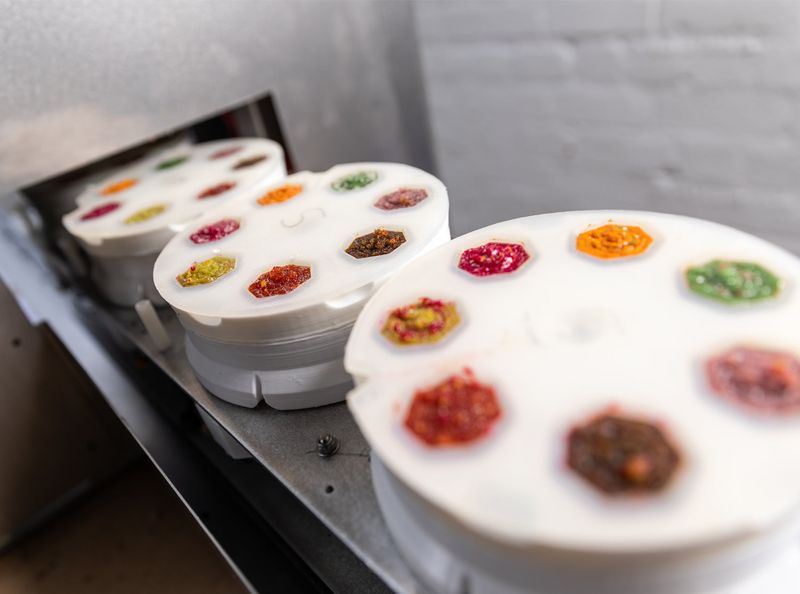
Imagine a world where your dinner knows exactly what your body needs. That’s the magic of 3D-printed meals. This tech can be programmed to deliver precise nutrient levels, whether you’re aiming for more protein, fewer carbs, or specific vitamins.
For those managing diabetes, allergies, or fitness goals, customization becomes effortless and exact. No more guesswork—just perfectly balanced bites designed for you. It’s especially beneficial in healthcare and eldercare, where patients require very specific diets. With a few lines of code, your next meal becomes your nutritionist, personal chef, and health tracker, all rolled into one edible creation.
2. PRO: Creative Food Designs
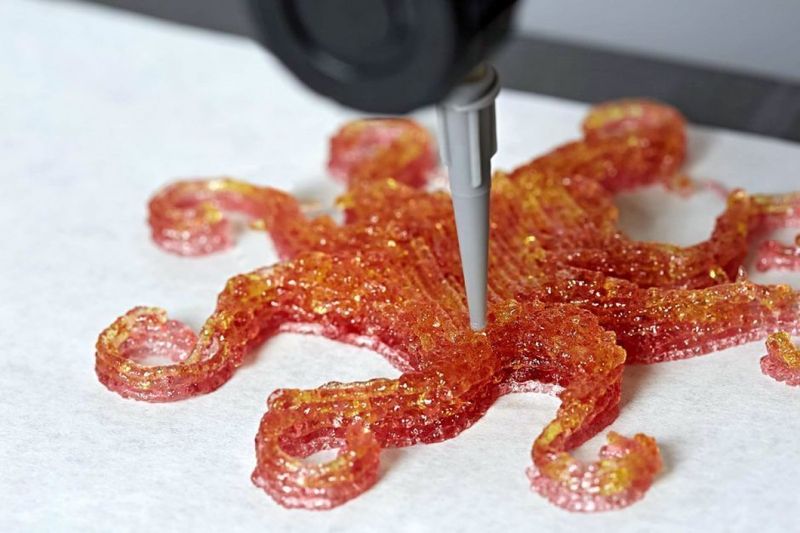
When it comes to presentation, 3D-printed food steals the show. This technology allows for intricate, delicate, and downright mesmerizing designs that would take a traditional chef hours—if not days—to replicate. Think geometric chocolate sculptures, edible floral lace, or futuristic pasta shapes you’ve never seen before. It’s culinary art at a new level, turning every meal into a conversation piece. High-end restaurants are already using food printers to elevate plating in ways that wow diners and redefine gourmet aesthetics. If you love the idea of food that looks as amazing as it tastes, 3D printing offers pure edible spectacle.
3. PRO: Reduced Food Waste
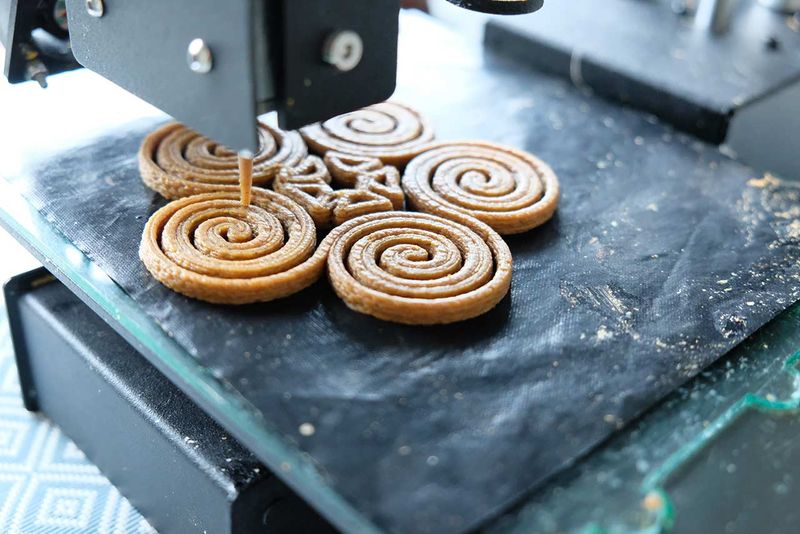
Reducing food waste is a major win for both your wallet and the planet—and 3D food printing is surprisingly effective at it. By dispensing only the exact amount of ingredients needed, there’s virtually no leftover paste, puree, or batter to toss.
This level of precision helps households and food businesses trim down wasteful habits, especially when working with expensive or perishable ingredients. Plus, printed meals can be made in just the right size for each person, eliminating the guesswork of portioning. In a world increasingly focused on sustainability, this tech offers a smart and eco-conscious solution to everyday eating.
4. PRO: Simplified Gourmet Cooking
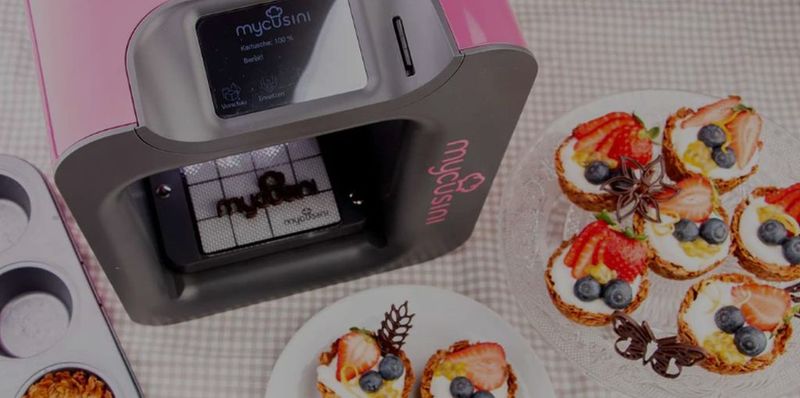
Gone are the days when gourmet meant hours in the kitchen. With a 3D food printer, anyone—even those with zero culinary training—can whip up restaurant-quality meals at the push of a button. Complex recipes become pre-programmed blueprints, and the printer handles everything from layering ingredients to shaping them into showstopping designs. For busy professionals, home cooks, or even school cafeterias, it’s a time-saving dream. Plus, it opens the door for people with disabilities or mobility challenges to enjoy cooking without limitations. Convenience and creativity finally meet, bringing the magic of fine dining into everyday homes.
5. PRO: Sustainable Food Sources
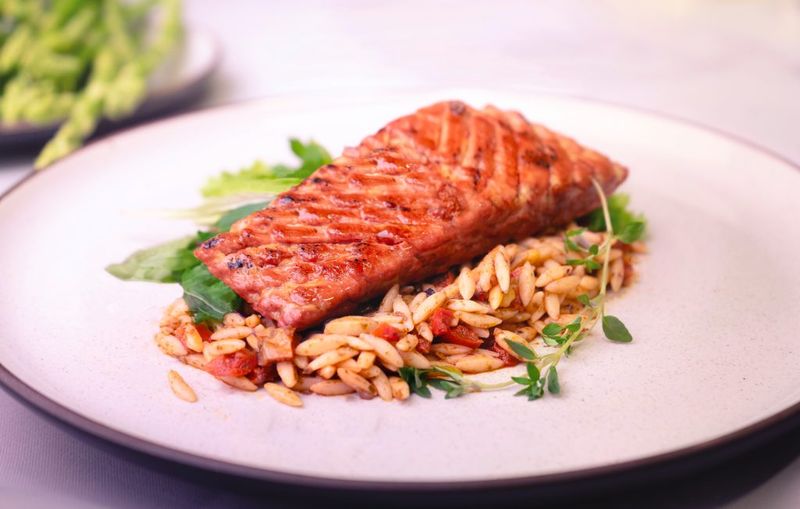
Pushing the boundaries of sustainability, 3D-printed food thrives on unconventional, eco-friendly ingredients that are often overlooked. From algae and insect proteins to food industry byproducts, this technology turns what was once waste into something wonderfully edible.
It offers an alternative to traditional farming, reducing resource-heavy practices like livestock production and water consumption. As the world looks for greener food solutions, printing meals with low-impact ingredients could be a game-changer. Better yet, it allows for creative blending to mask unappealing textures or flavors, making these planet-friendly sources more palatable. It’s innovation with a conscience—and flavor.
6. PRO: Ideal for Space Travel
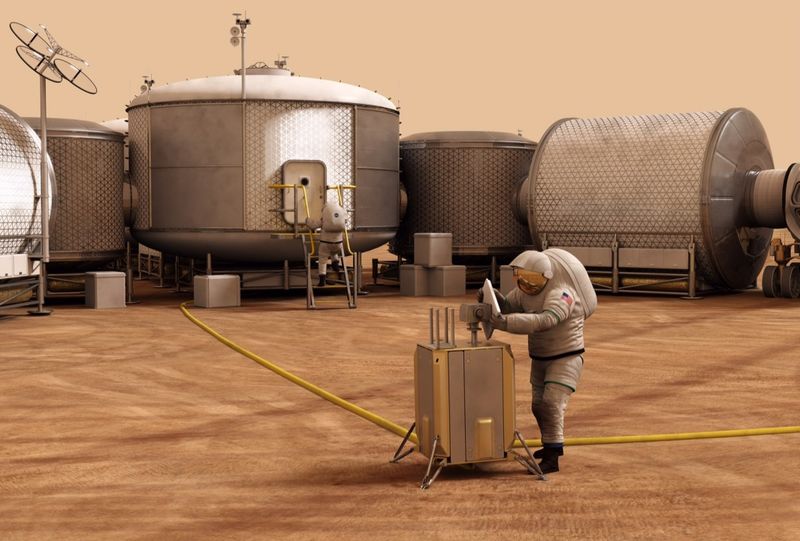
For astronauts floating in zero gravity, meal planning is anything but simple. That’s where 3D-printed food comes into play. NASA has already invested in food printing as a way to deliver nutritious, shelf-stable meals to space crews on long missions. The idea is brilliant: instead of packing pre-cooked food that degrades over time, astronauts can print meals on demand using stored cartridges of shelf-stable ingredients. It saves space, reduces waste, and improves variety, all critical factors in deep space exploration. If it’s good enough for outer space, it might just be the future of meal prep right here on Earth.
7. PRO: Food Security Potential
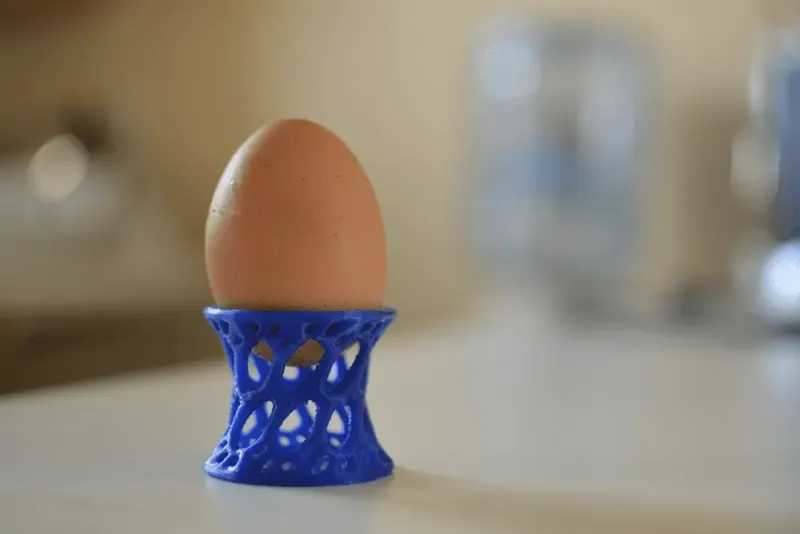
Solving hunger isn’t just about growing more food—it’s about making better use of what we already have. 3D food printing offers a creative, scalable way to address global food insecurity by transforming cheap, abundant, or unconventional ingredients into nutritious meals.
With the ability to print shelf-stable, nutrient-dense food in areas with limited resources, this technology could be a lifeline for regions facing famine, disaster, or supply chain issues. It’s also flexible enough to accommodate local preferences and dietary needs. As food demand rises with population growth, 3D printing may become an unexpected hero in the fight against hunger.
8. CON: Lackluster Texture and Flavor
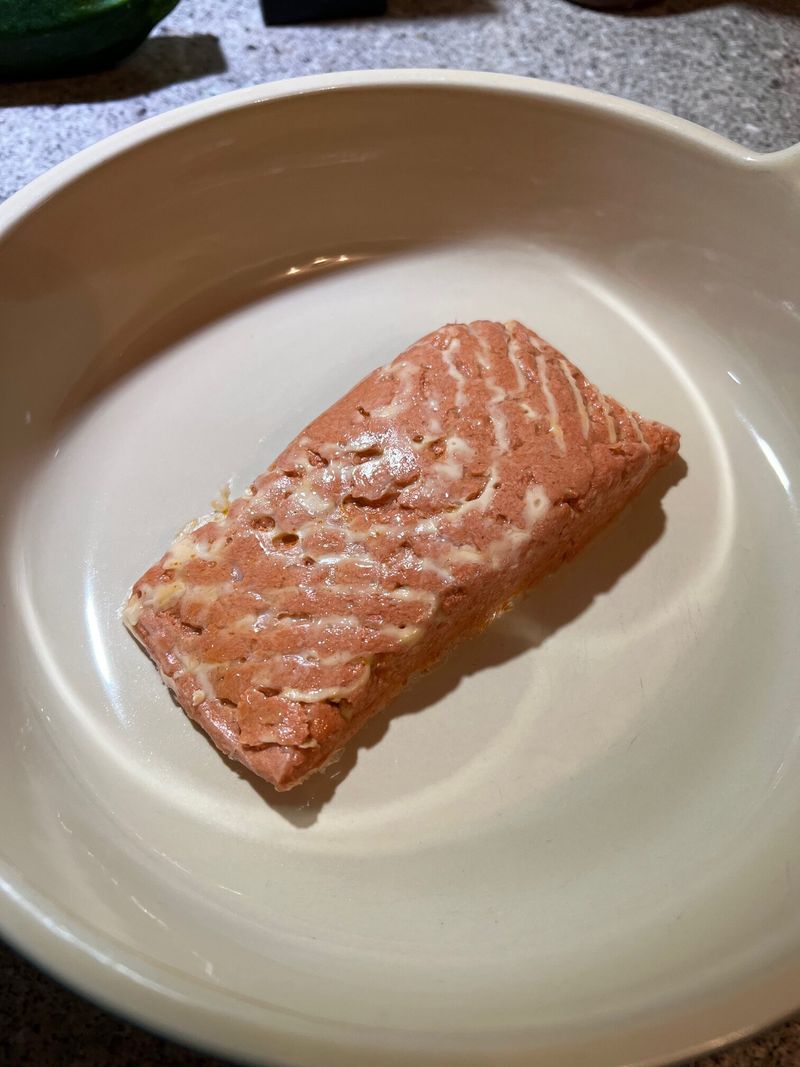
Bite into a 3D-printed burger and you might notice something’s… off. Despite impressive visuals, many printed meals fall short on taste and texture. The technology is still catching up to the complex chemistry that gives traditional cooking its sizzle, crunch, and melt-in-your-mouth magic. Proteins might taste bland, sauces can feel gummy, and structural integrity isn’t always reliable. That’s a problem for food lovers expecting both form and flavor. Until printers can better replicate searing, caramelization, and crisping, these meals may look futuristic but feel like a downgrade to your palate.
9. CON: High Printer Costs
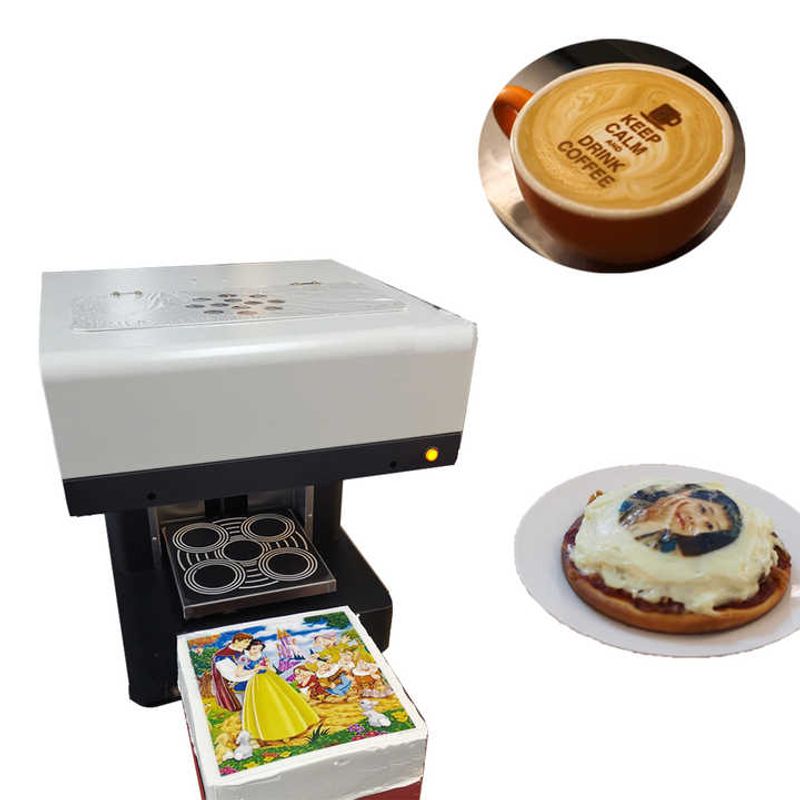
Owning a 3D food printer isn’t like buying a blender. These high-tech machines can cost thousands of dollars—plus ongoing expenses for ingredient cartridges, maintenance, and proprietary software. For the average household, that’s a hefty investment with limited day-to-day payoff.
Even small restaurants may hesitate, unsure if the novelty justifies the cost. As the tech improves, prices may drop, but for now, 3D-printed food remains a luxury few can justify. Until it becomes more affordable and widespread, it’s likely to stay in high-end kitchens, tech expos, or specialized institutions.
10. CON: Slow Print Times
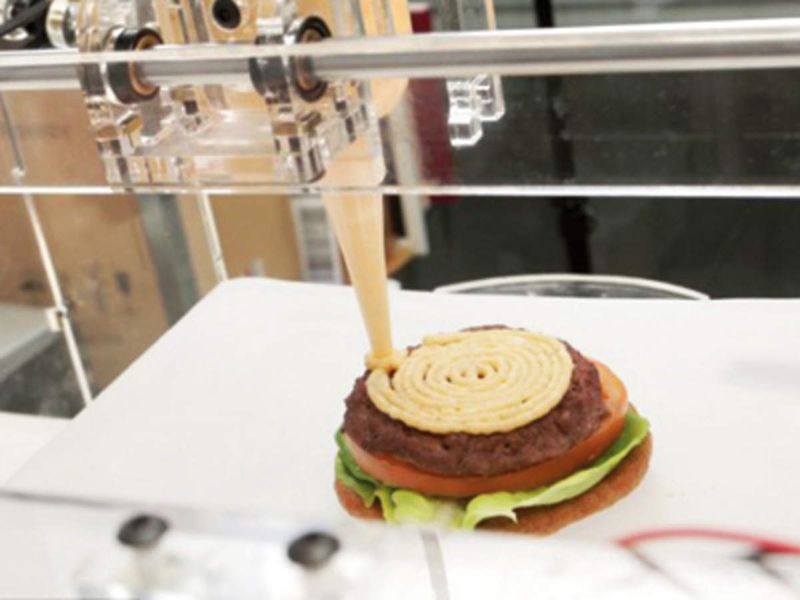
Patience is a virtue—but maybe not when your stomach’s growling. One of the biggest challenges for 3D-printed food is how long it takes to prepare even a single dish. Depending on the complexity, print times can stretch from 20 minutes to several hours, especially if the meal includes multiple layers or post-print cooking steps. That’s a tough sell in a world used to microwave speed and fast takeout. For busy families, restaurants, or institutions needing to serve many people quickly, this sluggishness is a serious drawback. Until the tech catches up in speed, it remains more novelty than necessity.
11. CON: Limited Ingredients
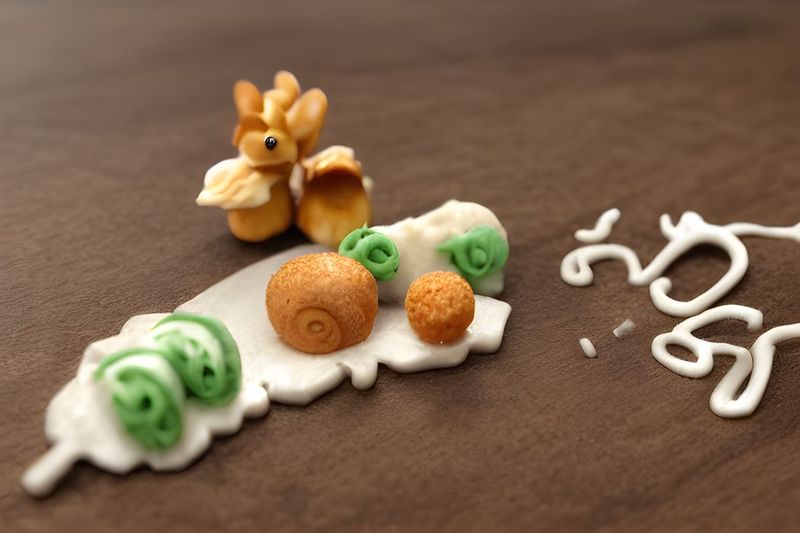
Don’t expect a 3D-printed stir-fry loaded with fresh veggies just yet. Current printers require very specific ingredient formats—usually purees, gels, or powders—that can flow through the machine and hold their shape. That means you can’t print everything, and your culinary creativity might be restricted to soft, uniform blends. Crunchy textures, whole foods, or certain fats and fibers don’t play well with the tech. While the industry is working on expanding ingredient compatibility, many recipes are still off the table. Until then, your menu may be limited by what the machine can handle—not what you crave.
12. CON: Loss of Culinary Skills

There’s something deeply human about cooking—a creative, tactile experience that connects us to culture, family, and tradition. But when meals come from machines, we risk losing those connections. Relying on 3D printers could lead to a generation that doesn’t know how to sauté onions, balance flavors, or knead dough.
While automation saves time, it may also chip away at culinary intuition and personal expression in the kitchen. For food lovers and home cooks, that’s a tradeoff worth considering. After all, the soul of cooking isn’t just in the ingredients—it’s in the hands that shape them.
13. CON: Food Safety Concerns
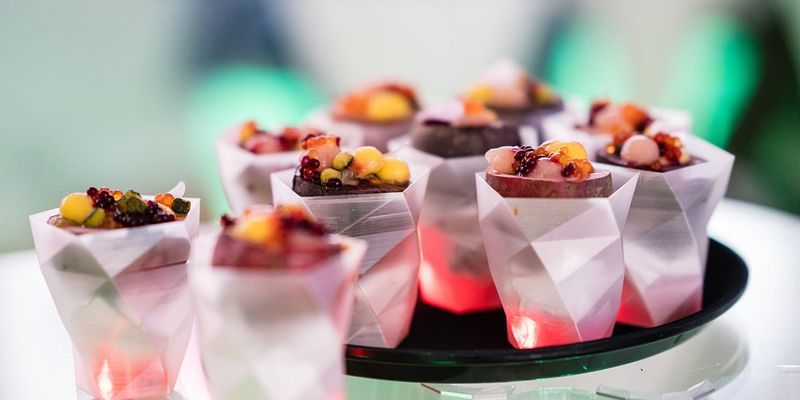
Advanced machinery doesn’t eliminate basic hygiene rules. In fact, 3D food printers come with their own set of safety challenges. If ingredient cartridges aren’t properly stored, cleaned, or replaced, the machine can become a breeding ground for bacteria and mold.
Internal parts must be disassembled and sanitized regularly—no easy feat for complex hardware. Add in software glitches or user error, and there’s potential for undercooked or contaminated food. While safety features are improving, the responsibility still lies with the user. For now, printed meals demand as much diligence as traditional food prep—if not more.
14. CON: Skepticism and Slow Adoption
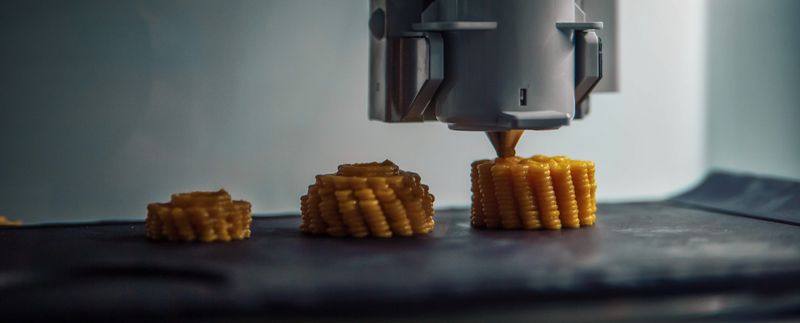
Even the flashiest tech can’t win hearts if it doesn’t pass the vibe check. Many consumers remain hesitant to embrace machine-made meals, seeing them as unnatural, over-processed, or just plain weird. That skepticism—whether based on health concerns, food culture, or “ick factor”—could slow adoption significantly. For 3D-printed food to go mainstream, it needs more than just innovation—it needs trust. Building that means overcoming psychological barriers, educating the public, and proving that high-tech meals can be just as wholesome, delicious, and safe as anything from grandma’s kitchen. Until then, progress may hit a cultural speed bump.
Leave a comment